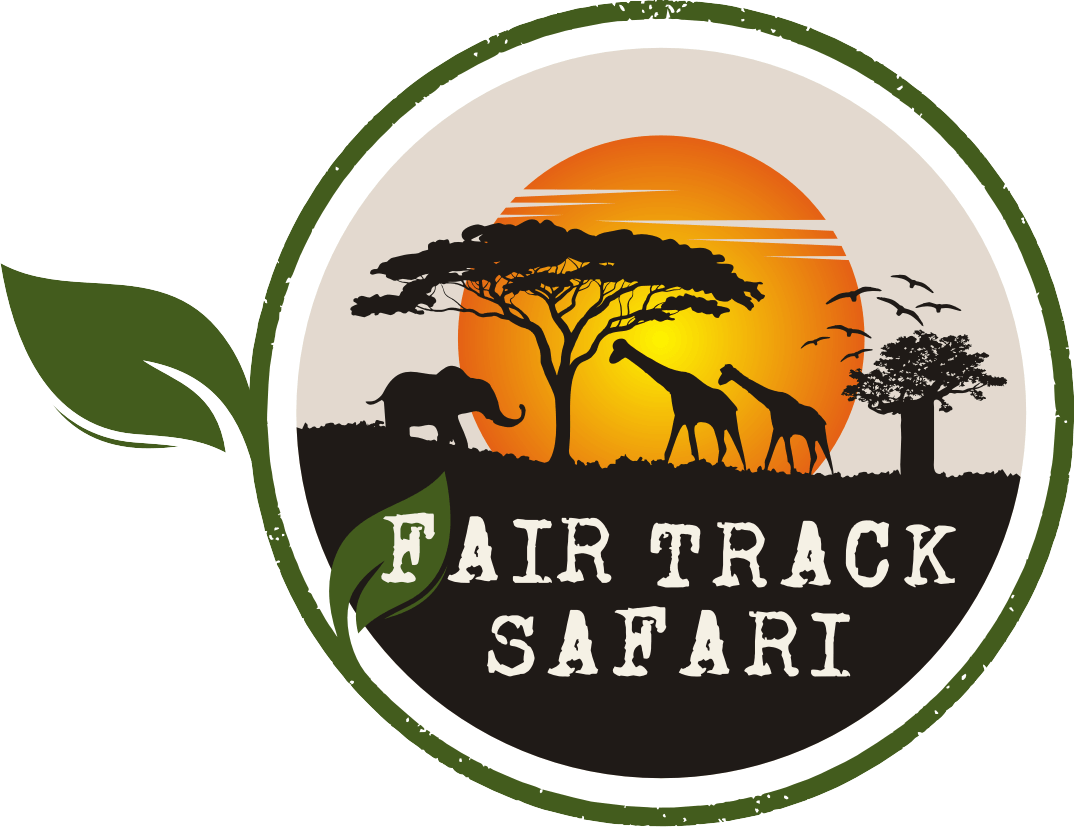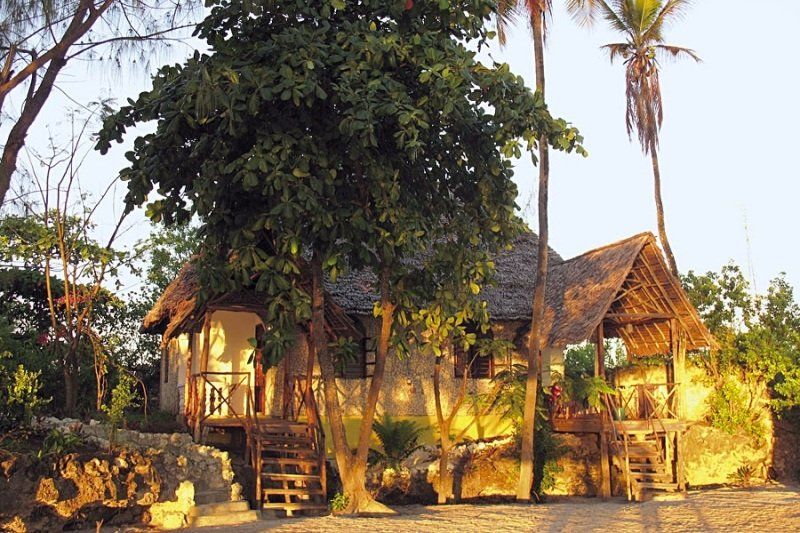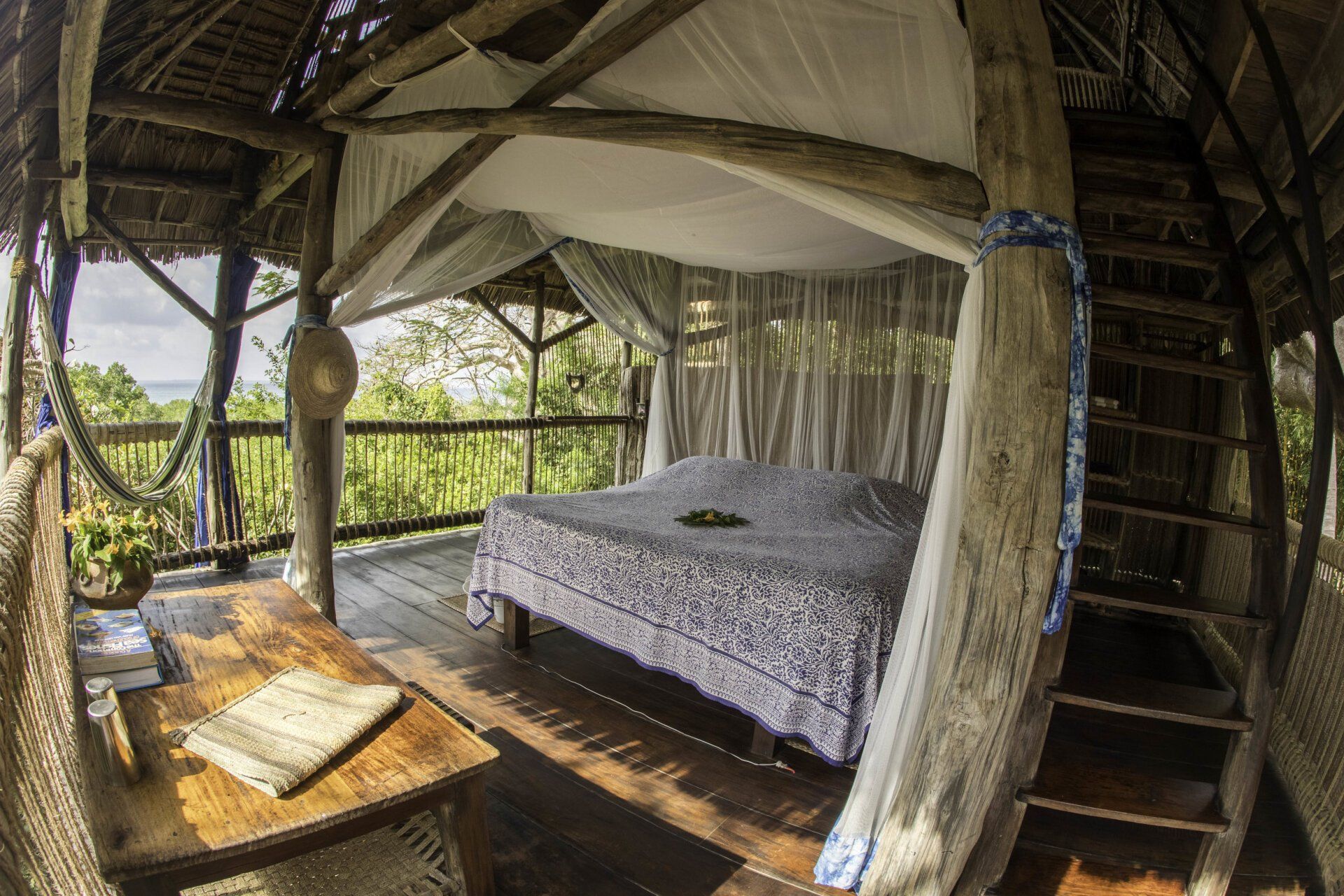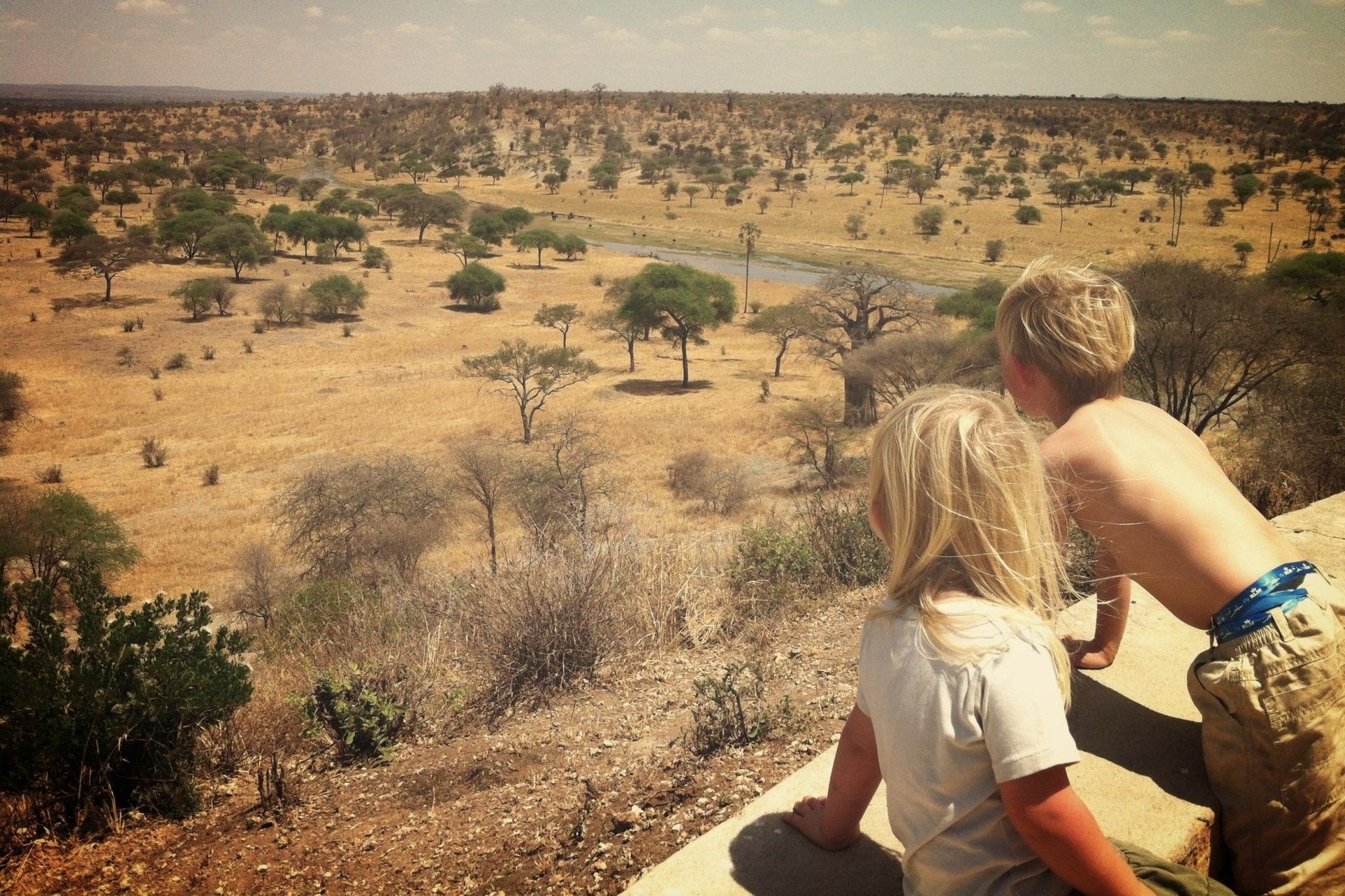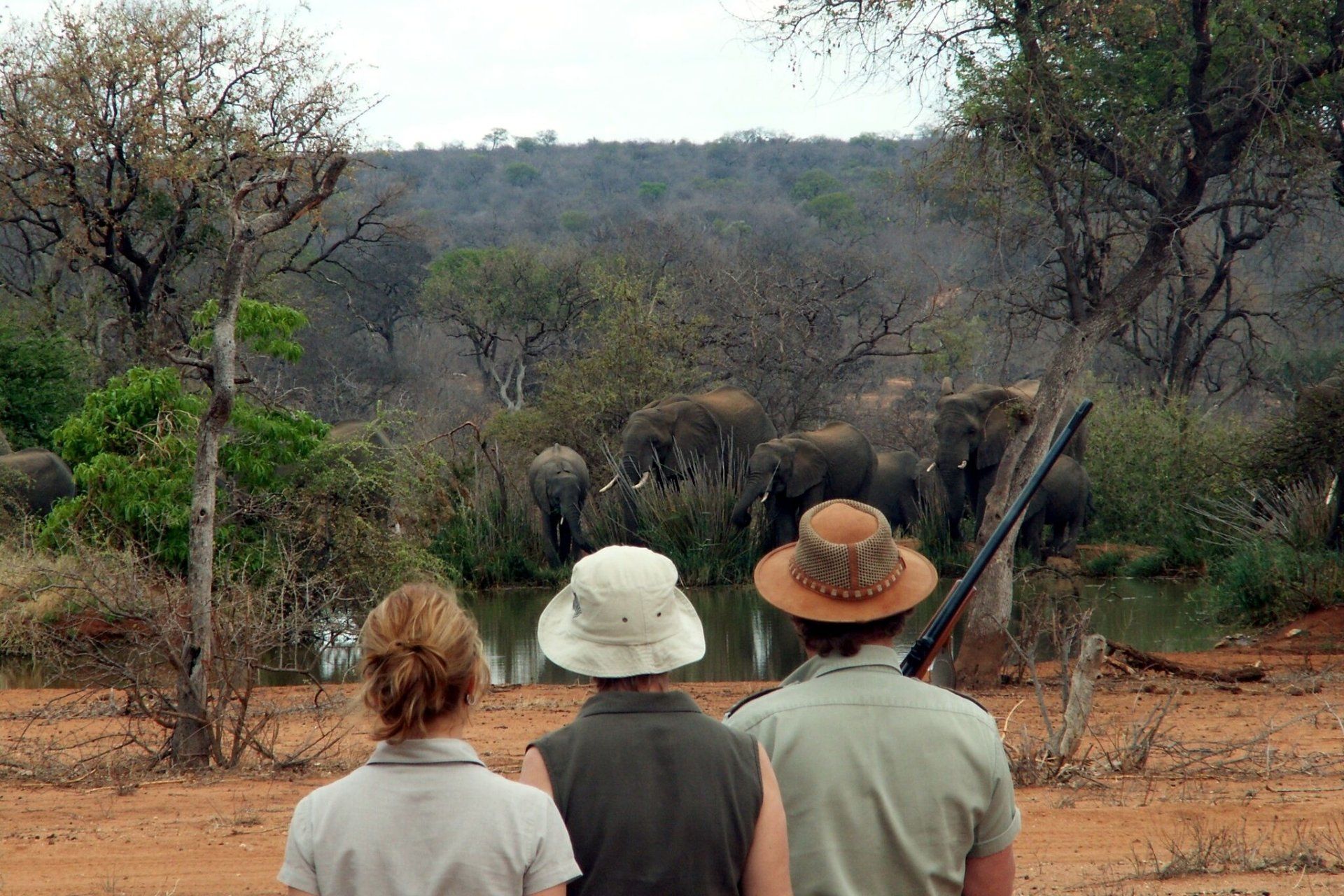Kenya
Home > Kenya
In Denmark, can you say Kenya without thinking of Karen Blixen, because if anyone, she has connected Danes with a dream of Africa. She depicted Kenya, its wild nature and culture, a place on this earth so foreign from where she came, a place with challenges and experiences that gave meaning to her life, and perspective on the values of life. If you are in Nairobi and interested in Blixens' history, it is definitely worth visiting her farm, which has been turned into a museum, even though all the land has been parceled out and now forms a fashionable residential area named after herself, Karen.
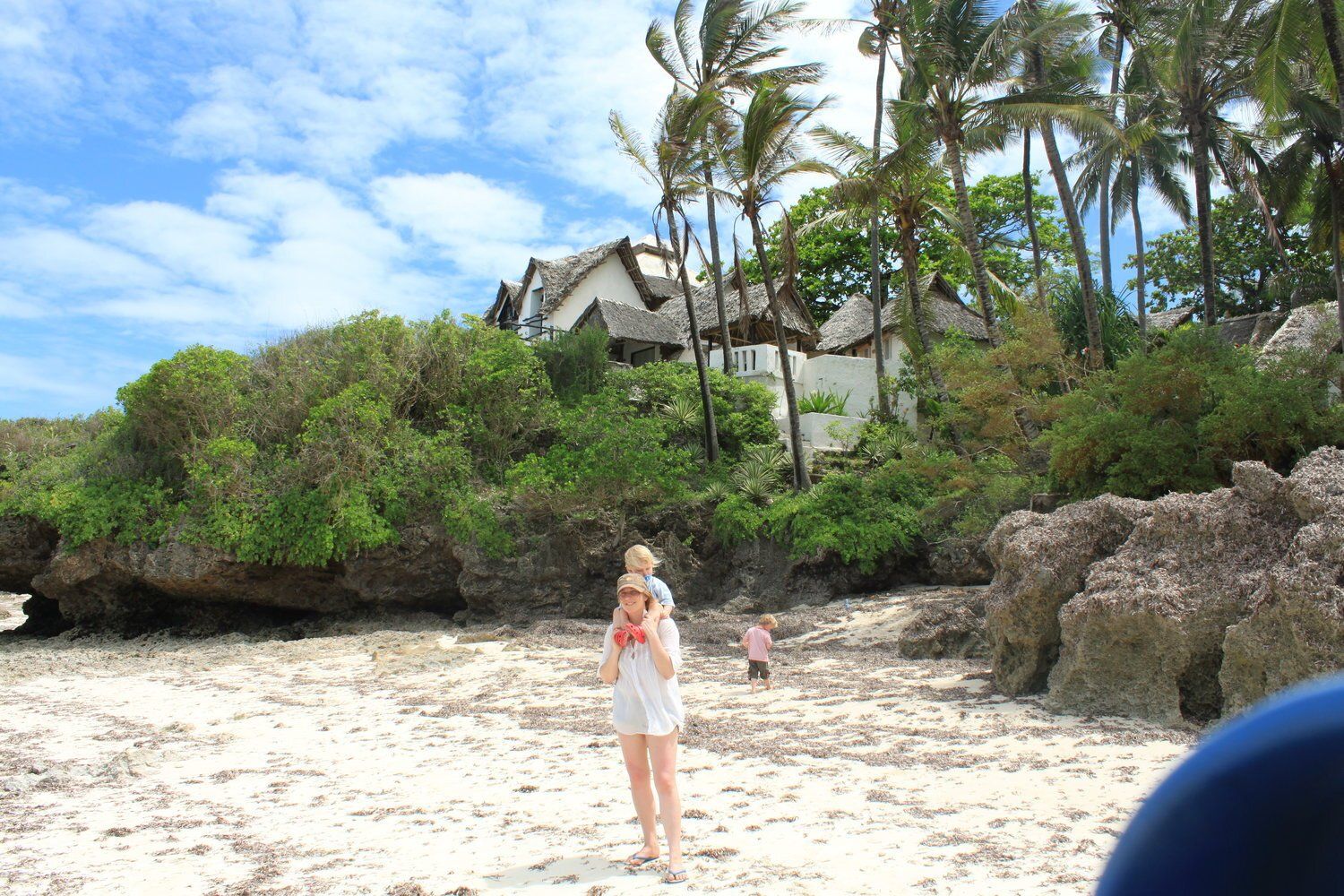
Safari means "to travel" in Swahili. The concept that is now used across Africa had its origins in Kenya. The early settlers went on safari, on exciting adventures and big game hunting in the bush - the savannah stretched out into infinity and attracted people's desire to explore and discover the African wilderness.
The country at the Equator has a lot to offer. Fantastic wildlife experiences in its many protected nature reserves and national parks. Many different ecosystems are protected and offer different experiences with their native fauna and flora species. Safari experiences in East Africa are characterized by large amounts of game, no fences, beautiful landscapes with long expanses.
In addition, the tropical azure Indian Ocean, fringed with white palm-lined sandy beaches, and dark coral reefs, deserted stretches or many good beach hotels - especially around Mombasa's south and north coasts, is a relatively cheap and relaxing place to extend the holiday, with relaxation and time to digest the experiences. It is a good idea to choose to fly directly from the highland national reserve Masai Mara, to the south coast, and stay at a beach hotel a few kilometers from the small local airport. Alternatively, a whole day's journey is spent getting from the safari to Nairobi and on by plane to Mombasa. Depending on where you are going to live, from here it is like a 2-hour drive through Mombasa, with a ferry from Likoni to the South Coast. Mombasa, is a growing, hectic, hot and dirty port city with severe traffic chaos - the charm of the past is difficult to sense, while it is a samsurium and color palette of cultures and impressions.
Although Kenya is so much more than safari, 8% of the country's 582,600 km2 is protected by 23 national parks and 28 reserves. In addition, on the country's coast, in the tropical Indian Ocean, there are no less than 4 Marine National Parks and 6 Marine National Reserves, and the coast itself hides an unnamed, but world-class, impressive coral reef. The reserves differ from the parks in that they are managed by the local tribes in collaboration with the Kenya Wildlife Service. In the reserves, the population's interaction with nature is included in the management plan. There is harvesting, grazing, fishing, firewood gathering and in some places there are settlements. The national parks are managed exclusively by the Kenya Wildlife Service (KWS), and access to the parks is in theory limited to tourism and research.
Kenya's national parks and reserves are not fenced, so animals move freely in and out of these protected areas. Outer areas can take advantage of the fact that there is plenty of game in their areas, and thus there are many places to stay just outside the park boundaries. Elsewhere, the free movement of animals creates conflict between wildlife and local populations. It is a challenge to have elephants in the kitchen garden - they don't exactly help, but cause great damage and loss. Likewise, it is unsafe to meet predators and other large wild animals in your backyard. KWS makes an effort to reduce the nuisance of having game in the immediate area, for example there are places where chili fences have been planted around the fields, with a fixed agreement to buy the chilies, at the same time that elephants are sensitive to chilies and keep away. The population also receives a percentage of the income from visitors.
Kenya lies on the equator, and although it is always tropically hot, there are 4 seasons: 2 dry (ke) periods, and 2 rainy periods, respectively the long rainy period that extends from March - June, and the short October - December. The climatic conditions in the country differ in relation to altitude differences and the winds. The highlands around Nairobi and further up towards the Masai Mara are cooler and milder with temperatures of 25 - 15 degrees Celsius. The coast is tropical and warm with an average temperature of 28 degrees Celsius, and also has high oppressive humidity.
Kenya is bisected by The Rift Valley - created 35 million years ago when the continental plate cracked and over a million years moved away from each other. A multitude of geological processes created the landscape, mighty volcanoes, vast lava plains, deep canyons that can be seen along the fault that stretches over 6000 kilometers from Syria in the north to Mozambique in the south.
Kenya's landscape is varied and exciting and the many reserves and parks represent a broad spectrum of the different nature types the country has. Most popular among tourists is the Masai Mara National Reserve, in the highlands, which is part of a huge savannah biotope that stretches far down through Tanzania (the Serengeti plain). Here you can experience the great migration of wildebeest and zebra, which annually wander off in huge herds towards the fresh shoots of grass that follow the rain. It is truly an impressive spectacular event. This spiced up with the characteristic Masai people seen in the landscape. The Maasai are a proud people who wear traditional clothing, are armed with spears, clubs and machetes, and are beautifully decorated with their colorful glass-bead jewellery. They are seen in the countryside, a semi nomadic tribe that keeps cattle, and traditionally have treasured the cattle as their highest value, while the land is sacred and must not be cultivated.
Further north, approximately 350 kilometers from Nairobi, Samburu National Reserve, Buffalo Springs National Reserve and Shaba National Reserve form a large protected area. Here in the dry north, where the bush savanna characterizes the landscape, there are special species in addition to the classic savanna animals. The reserves are home to the Grevy's Zebra, with narrower stripes than the more common Burchell's Zebra, the Giraffe Gazelle, with its very long neck, and the Reticulated Giraffe, which has a different finely meshed pattern than the Masai Giraffe and Rothschild's Giraffe. Also found here in the dry northern region are the characteristic guinea fowl and the Somali ostrich, both birds with impressive blue skins. All three reserves share the Ewasi Ngiro River, which, despite being dry on the surface for most of the year, is always a source of water for animals and people who dig deep enough in its sandy river bed. Closely related to the Maasai, the Samburu tribe clings to their culture and traditions and, along with the Turkana tribe, are some of the last indigenous tribes in East Africa. These tribes have many challenges and influences that threaten their culture, and the encounter with the outside world has inevitably infiltrated the way of life. The question is how long they exist as authentic tribes and when they just appear for tourism. In any case, tourism ensures that the culture is not forgotten. Education, pressure from organizations and change of beliefs affect the tribal people of the future. And from our point of view, it is perhaps a very good thing about the development, which we have also been through in our world. Because here children are circumcised and very young girls leave childhood and marry old men...become adults far too quickly.
The high season is July to October and January to February, although during the latter period it can be quite hot.
From Amboseli National Park, Kenya has the best view of Kilimanjaro - located in Tanzania - the neighboring country to the south. But Kenya also has its own mountains - Africa's second highest mountain, Mount Kenya, is popular among mountaineers, and definitely requires rock climbing and equipment to get to the top. There is also Mount Elgon which lies to the west on the border with Uganda, and Mount Longonot which with its fascinating crater is clearly a volcano - although all the other mountains also originate from lots of volcanic eruptions and plate tectonic activity in the Great Rift Valley..
Tourism - visits to Kenya's national parks and reserves - is Kenya's main source of foreign currency, and virtually everything to do with tourism is settled in US Dollars. It is not a cheap country to be a tourist in, but it is considered safe, as the priority is to take good care of the foreign guests.
Africa's nature really does something to anyone who allows himself to be seduced by magnificent impressions.


